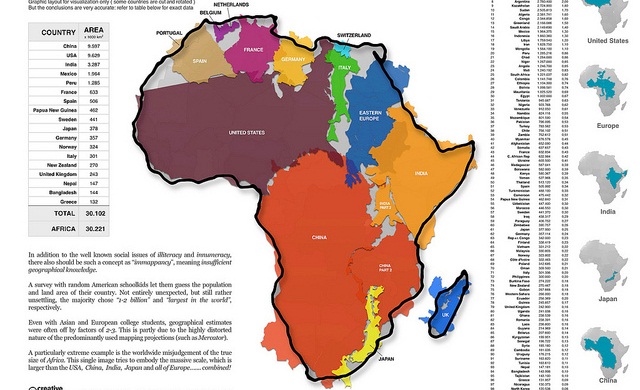African Potash, the AIM listed exploration company focused on sub-Saharan potash assets, has completed the interpretation of seismic data and delineated four prospective drill targets at its Lac Dinga Potash Exploration Project in the Republic of Congo.

The delineation of the target areas marks the conclusion of the planning and preparation phase, as African Potash prepares to commence a maiden drilling programme.
Overview:
· Interpreted 415 line kilometres of recent oil exploration 2D seismic data covering 470km2 on and around the Lac Dinga licence area acquired in March 2014
· Delineated four target areas of which two areas will be tested initially – targets identified near the basin margin where favourable conditions are interpreted for the formation of high-grade potash mineralisation
· About 250km2 of Lac Dinga is interpreted to be underlain by prospective salt bearing strata and to occur at a depth of about 250m to 350m below surface
· Salt sequence is expected to measure up to approximately 400m in thickness in the south west of the Project area
· Drilling on track to commence Q3 2014 with two holes scheduled to be drilled by September 2014
· Drilling programme will include two vertical rotary/diamond drill holes for a total of about 1,000m
· Objective for the drilling programme is to test the interpreted prospective salt sequence for the development of high-grade sylvinte horizons within the basin-wide carnallite layer
African Potash CEO, Edward Marlow, said, “The interpretation of the newly acquired data is a final achievement in completing the planning and preparation phase of our exploration programme at Lac Dinga. With four highly prospective target areas identified, two of which we plan to start drilling in Q3 2014, this is a very exciting and significant point of development. The Congo Basin is underlain by an extensive evaporate sequence, which is the repository for potentially vast potash mineralisation as indicated by historical, basin-wide exploration drilling. With a defined exploration programme in place to advance the Project we look forward to the outcomes of this upcoming drill programme.”
African Potash acquired approximately 415 line kilometres of high quality 2D oil industry seismic data that covered and area of approximately 470km2 in March 2014. The acquisition of this new data allowed the Company to commission a structural geological and drilling target delineation study over the Project area.
The objective for the maiden drilling programme is to test the interpreted prospective salt sequence for the development of high-grade sylvinte (KCl) horizons within basin-wide carnallite (KMgCl3 x 6(H2O)) layer. The programme is planned to include two approximately 400m to 500m deep vertical drill holes. It is expected that the holes will intersect the evaporite horizon between 300m and 350m below surface. The drill holes are planned to be drilled as open rotary holes through the cover sequence consisting of mainly poorly consolidated sandstones, limestone and dolomites and to be cased to the top of the salt and then PQ size (~9cm diameter) core drilling into the evaporite formation.
The geological study was conducted by CSA Global Pty Ltd and resulted in a regional structural geological framework and an interpretation of the extent of the evaporite (rock salt and potash salts) sequence across the Project area. The study confirms stratigraphic-structural continuity of the salt (including potash horizons) into the Lac Dinga area. The evaporite sequence is interpreted to underlie approximately 250km2 of the Project area and to thicken to about 300m to 400m near the southern and western property boundary.
The evaporite sequence appears to have relative consistent thickness up to the “salt basin” margin where it rapidly decreases in thickness over about 3km. The geometry of the evaporite sequence is controlled by a structure in the underlying rocks which defines the “salt basin” geometry. The seismic data shows no major disturbances in the salt formation, which implies laterally stable condition. Four drill target areas were identified near the basin margin where favourable conditions have been interpreted for the formation of high-grade potash mineralisation within the evaporite sequence.
The historic drill hole information confirms the development and presence of potash mineralisation in the form of sylvinite and carnallitite in the area immediately to the south (~5km) of the Project area. The records refer to layers of sylvinite and/or carnallitite developed in the same stratigraphic position as that exploited in the nearby Holle historic potash mine.















